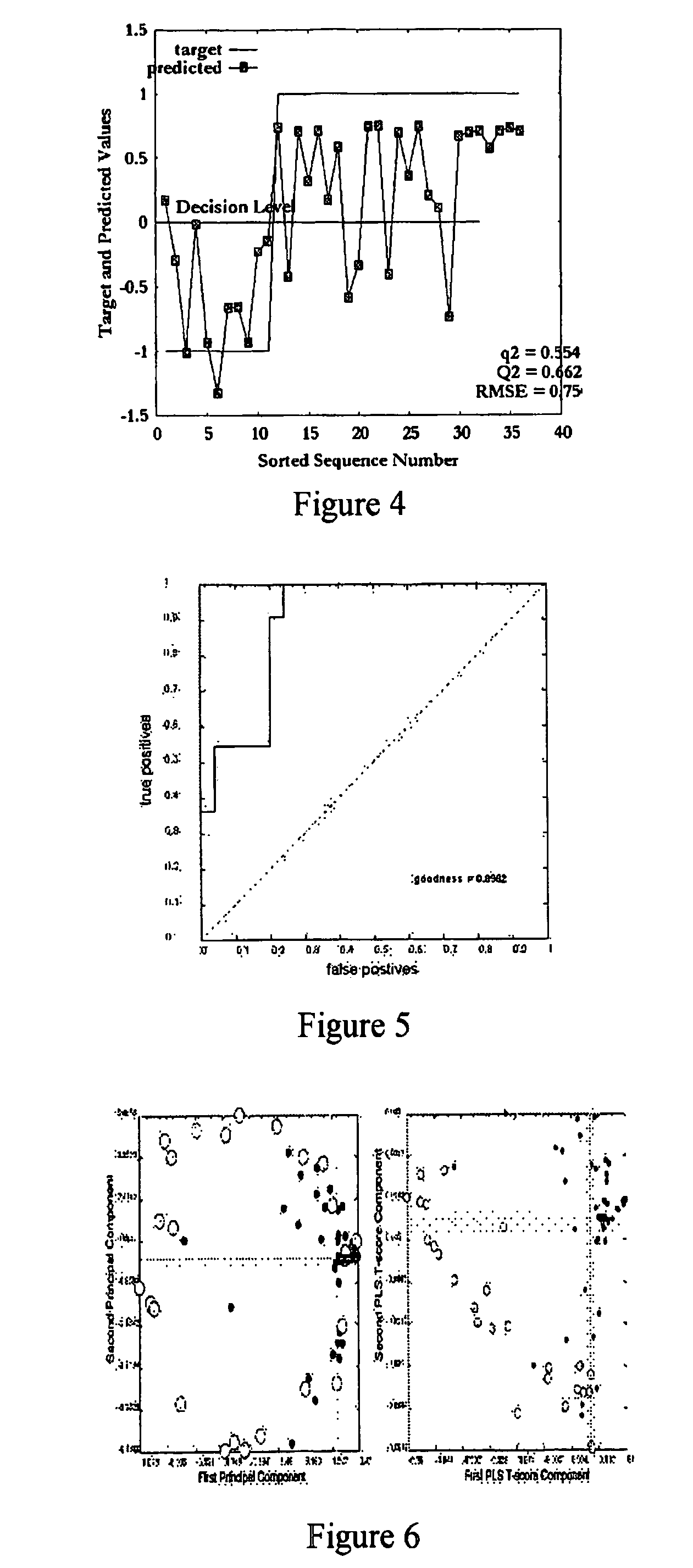Use of machine learning for classification of magneto cardiograms
a technology of magneto cardiogram and machine learning, applied in the field of machine learning for magneto cardiogram classification, can solve the problems of non-optimally pre-processing, limited use of artificial intelligence for analysis of mcg field pattern, and elimination of variability introduced by human interpretation of mcg data. achieve the effect of exceeding the quality of classification
- Summary
- Abstract
- Description
- Claims
- Application Information
AI Technical Summary
Benefits of technology
Problems solved by technology
Method used
Image
Examples
Embodiment Construction
[0024]This disclosure describes the use of direct-kernel methods and support vector machines for pattern recognition in magnetocardiography (MCG) that measures magnetic fields emitted by the electrophysiological activity of the human heart. A SQUID-based measuring device for MCG that can be used in regular hospital rooms (not specially shielded from electromagnetic interference) is presently under separate development. The operation of the system is computer-controlled and largely automated. Proprietary software is used for precise 24-bit control and data acquisition followed by filtering, averaging, electric / magnetic activity localization, heart current reconstruction, and derivation of diagnostic scores.
[0025]The interpretation of MCG recordings remains a challenge. Hence, this disclosure considers the methods to automate interpretation of MCG measurements to minimize human input for the analysis. Testing has focused on detecting ischemia, a condition arising in many common heart ...
PUM
 Login to View More
Login to View More Abstract
Description
Claims
Application Information
 Login to View More
Login to View More - R&D
- Intellectual Property
- Life Sciences
- Materials
- Tech Scout
- Unparalleled Data Quality
- Higher Quality Content
- 60% Fewer Hallucinations
Browse by: Latest US Patents, China's latest patents, Technical Efficacy Thesaurus, Application Domain, Technology Topic, Popular Technical Reports.
© 2025 PatSnap. All rights reserved.Legal|Privacy policy|Modern Slavery Act Transparency Statement|Sitemap|About US| Contact US: help@patsnap.com



